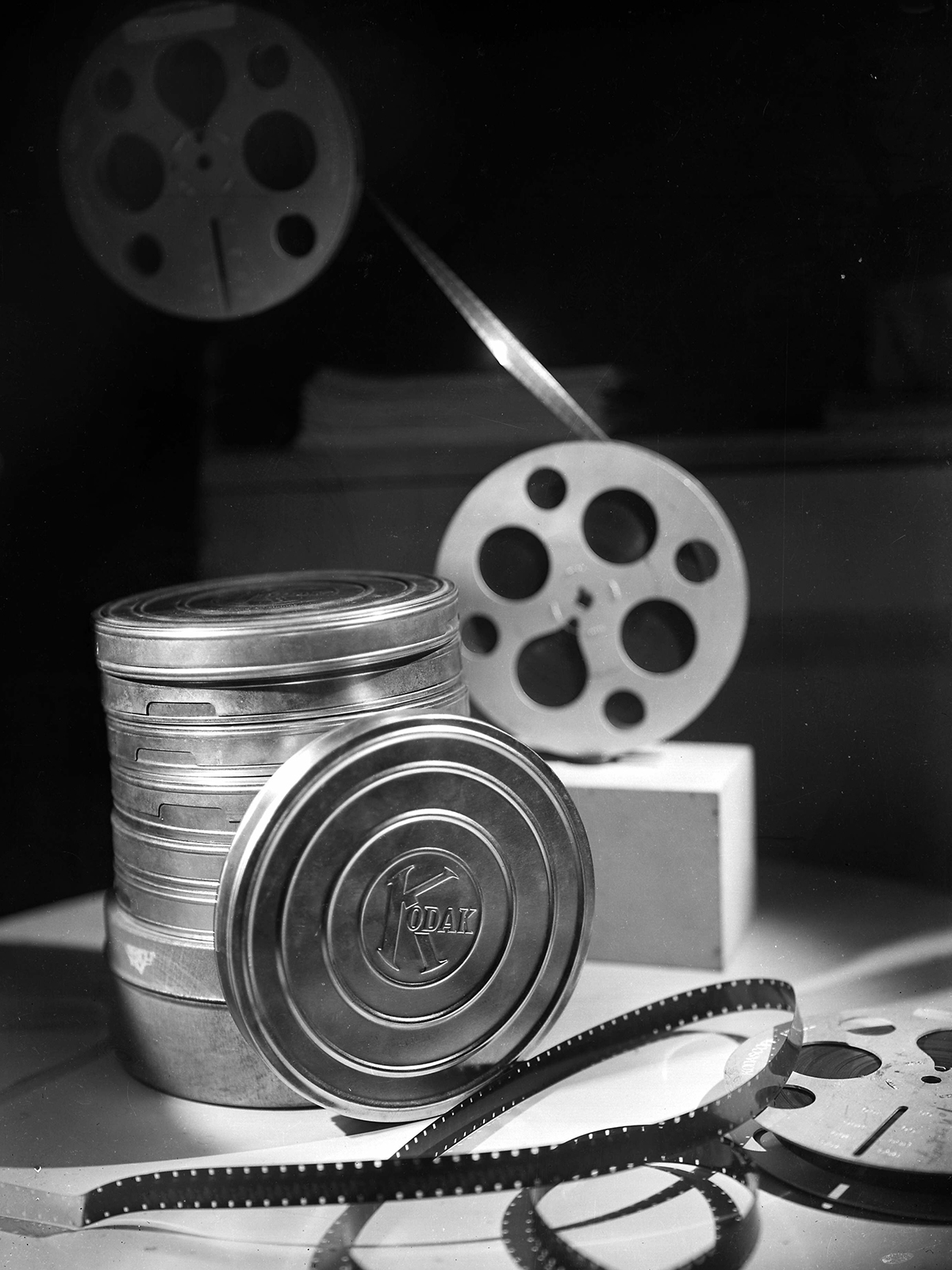
- Industry
The History of the Korean Films That No Longer Exist
Chances are anyone studying Korean cinema history today has never watched the silent films made in that country during the mid-1920s and1930. Only a few films stills have survived from this period because of the destruction wrought by Japanese colonial rule, World War II, the Korean War, and the years of repressive control by the military government that affected the Korean film industry.
During the earliest days of the Korean cinema from 1897 to 1923, when western films were dominant, there was no systematic framework or policy in Japan or Korea. Neither the Japanese imperial government nor the Japanese Government-General of Korea produced an organized system for monitoring films. This began to change as the 1920s progressed. Film policies in Korea during the Japanese colonial period took an aggressive cultural approach to serving the expansion of the Japanese empire.
The Japanese Government-General of Korea increased its ideological attack on Korean people through films by creating a Motion Picture Department in April 1920 to enhance its propaganda for Japanese imperialism inside and outside of Korea. Their focus was to make films that would educate and justify the Japanese rule. As Japan launched its military assault on China at the beginning of the 1930s, production activities in Korea became more limited, and censorship created an atmosphere of crisis in Korean cinema.
Which film to make was a fundamental question for early filmmakers venturing into the new world of cinema. As Lee Young-il observes, “There was a clear and uncompromising conflict between the Japanese and Korean producers. The latter always tried to adopt national independence as the core value of their films and imbue them with Korea’s unique sentiments and customs”. During this cultural struggle, much hope for Korean cinema was suppressed and crushed, which makes Korean film history different from that of other countries.
According to Lee Young-il, a Korean cinema historian, about 140-150 films were made during the Japanese colonial era, some 80 of which were released between 1926 and 1937. They were quite remarkable not only in quantity but also in quality. Many were lost however, and the memory of that historical production is left to the handful that were found and restored, like Crossroads of Youth, the oldest surviving film in Korea which was found by the Korean Film Archive in 2007 and is registered as a Modern Cultural Property.
The process of reviving the few silent films that were found was not easy, explains,” Kim Tae-yong, director of Late Autumn (2011) and Family Ties (2006), who worked on the restoration. “When those movies were found, they were (often) just rolls of unedited negative film “We had to watch the film over and over again hundreds of times to edit it. At first, we couldn’t even distinguish who was the protagonist and who was the antagonist. A few lines of summary in an old newspaper helped us understand the movie,” the director said. “So the currently screened version of Crossroads of Youth could be different from the 1934 original.”
After an extensive effort to bring these films back to life, researchers could analyze the various aspects of early Korean cinema in terms of technology and style. This also helped them to look deeper into the controversies and legal issues surrounding the early Korean films.
One such film was by a 26-year-old filmmaker, Na Woon-kyu. His 1926 film titled Arirang surprised and thrilled the nation creating a huge milestone in Korean cinema. The film dealt with Korean nationalism and Japanese colonialism and as a result it was subjected to political oppression and censorship exercised by the Japanese authorities.
Arirang defined a distinctive style of filmmaking and inspired many young people to enter the film business. A great number of silent films were produced in such a short period of time because the public’s interest in film was growing. The heyday of silent cinema ended with Na’s death in 1937.
Silent films of the time portrayed female characters who, as per Confucian tenets, were open to free love, divorce, and remarriage, defying the patriarchy that dominated society. Audiences facing drastic changes in the world enthusiastically welcomed poignant sorrow in a melodramatic setting, known as shinpa, and the popularity of byunsa, silent film narrators that explained what was shown on screen.
Male professionals worked in technical areas such as cinematography, sound recording, and film developing. Lee Pil-woo, one of the most noteworthy figures in Korean cinema history, was a cinematographer and a pioneer of Korean sound production technology.
The country’s first talkie film was The Story of Chun-hyang in 1935. Lee Pil-woo remained as a godfather of Korean cinema technology even after liberation from Japanese colonial rule, as he took charge of constructing a government-funded studio. Many Korean filmmakers and actors fled to Shanghai, then known as the Hollywood of the east, during the Japanese rule. Among them, actor Jin Yan who starred in several Chinese films would become known as the Film Emperor of Shanghai.
Korean cinema began with Do-san Kim’s Righteous Revenge on Oct. 27, 1919. This day is now recognized and celebrated as Korean Film Day. Presently the Korean film industry is booming and reflects the rapid development South Korea has undergone throughout in the past few decades. Its creative and technological advancements are absolutely astounding. The 1998 release of blockbuster Silmido changed the Korean film industry by catalyzing more support for domestic films than imported ones. Silmido collectively earned more money than The Lord of the Rings in Korea. The 2003 film Oldboy, directed by Park Chan-Wook, is among many films credited for increasing popularity for South Korean films in western markets. And of course the Golden Globe and Oscar triumphs of Bong Joon-Ho’s Parasite brought global attention to the South Korean film industry.

